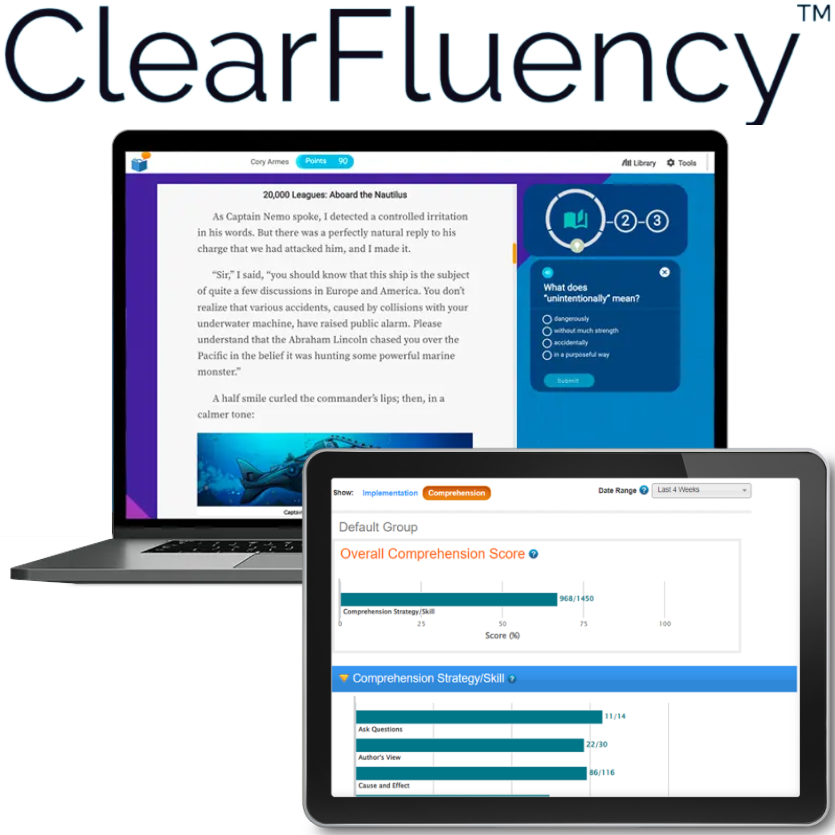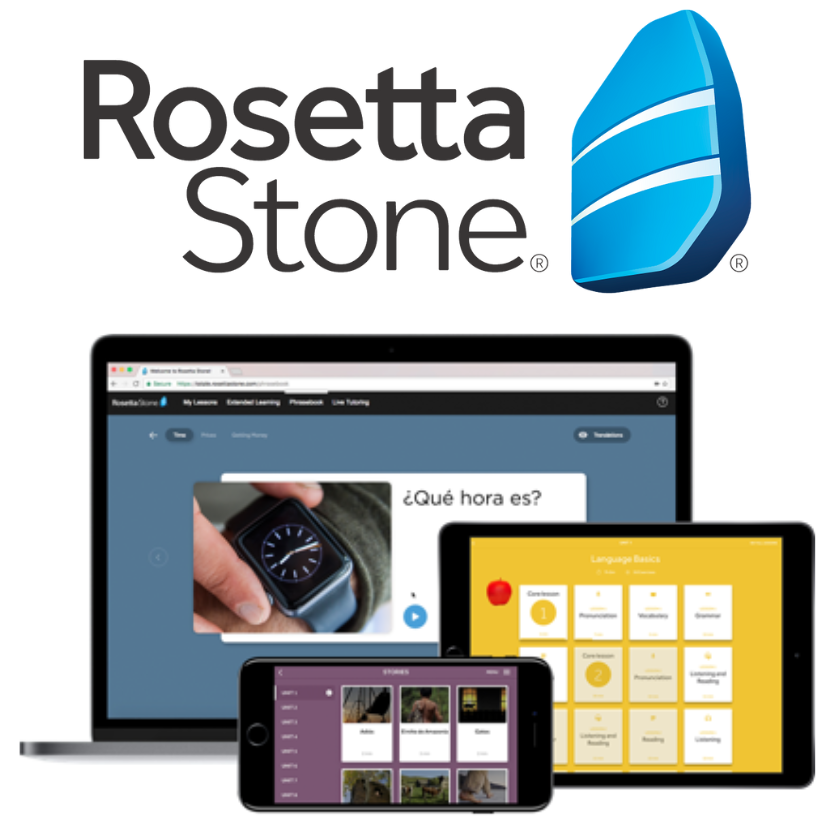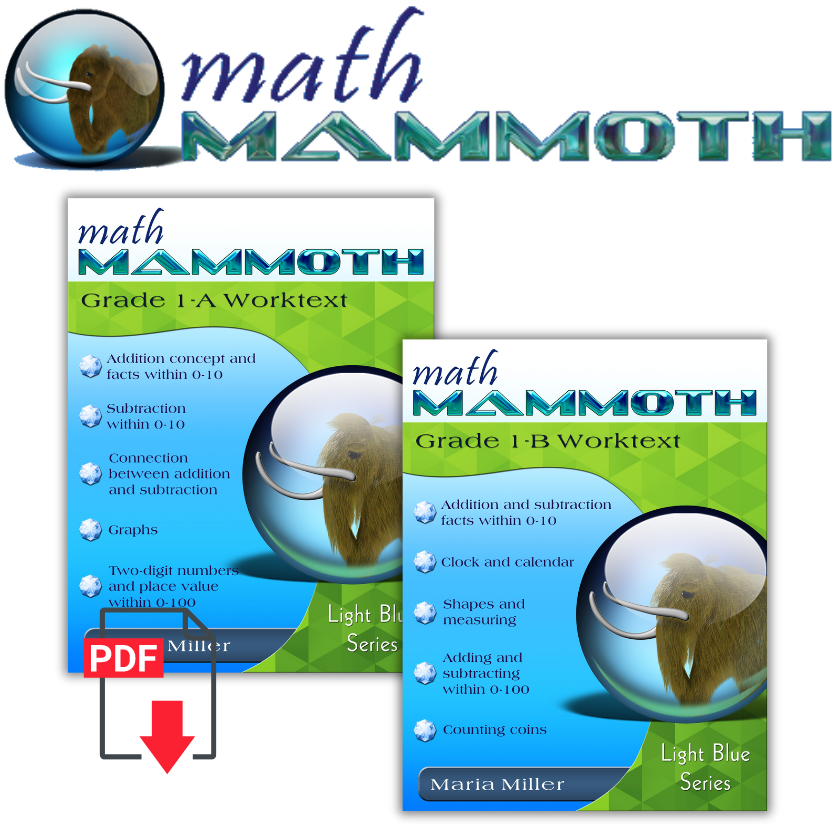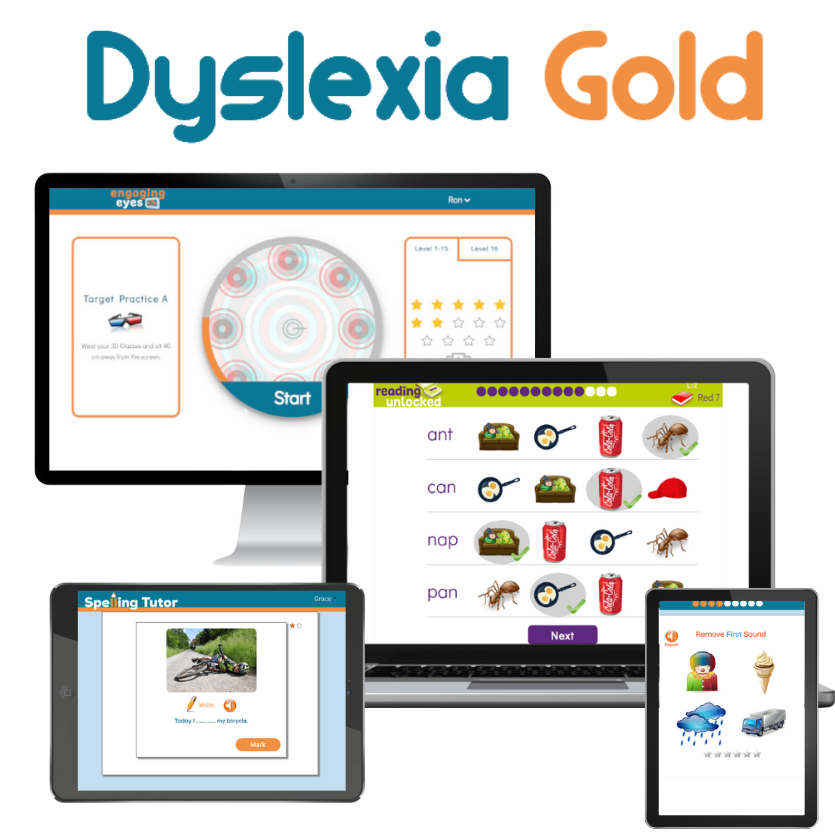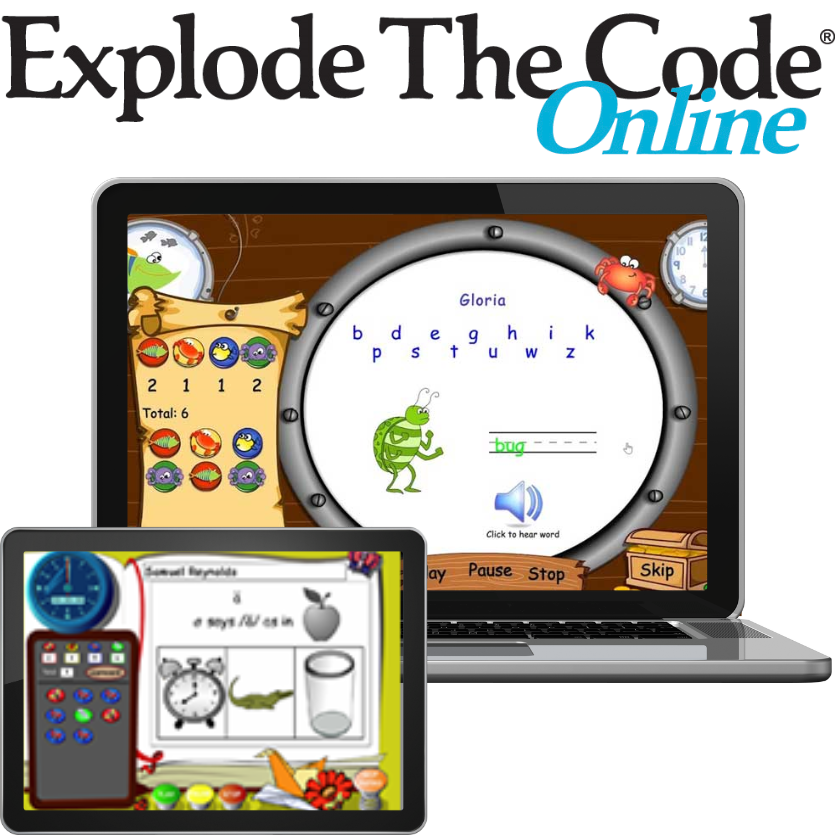Overview of Learning Styles
Learning Dispositions: Your Child's Learning Personality
Learning styles refer to the different ways in which individuals prefer to acquire and process information. Understanding these styles can help educators and parents tailor their teaching methods to better suit the needs of students. In this collaborative overview with Mariaemma Willis, we explore various learning styles and their characteristics.
For best results integrate other learning strengths information, such as Modality.
By Mariaemma Willis
Learning Strengths Specialist
Learning Success Institute
Spontaneous:
Need for excitement and movement!
Spontaneous students are most often labeled Hyperactive in the traditional school setting, or ADD, or ADHD.
Spontaneous students are movers, risk-takers, adventurers. They crave hands-on, experiential activities. They are often passionate about (and talented in) sports, acting, comedy, dance, building, out door activities, or a combination of these. In general, they learn best when involved in activities that allow them to be active: do, experience, and keep things moving so as not to get bored. They also generally like games and competition.
When planning a school program for Spontaneous students, you can integrate movement with learning. The student can put on a skit or demonstration, recite/memorize facts while jumping on trampoline, build a pyramid, landscape the yard. Spontaneous students need frequent breaks from traditional sit-down school work -- every 20 to 30 minutes (10 to 15 for the younger ones!). They also do best when the topics they are studying are relevant to their interests and their lives - subjects that do not relate to their experiences make no sense to them.
Prior to 2017, Spontaneous was previously referred to as Performing Paul & Paula.
Curious:
Need to explore, discover, ask, solve!
Curious students are often labeled ADD in the traditional school setting. This is also the Disposition that is sometimes referred to as the "absentminded professor."
Curious students are explorers, collectors, experimenters. They ask a lot of questions and often seem to be asking questions that are unrelated to the topic at hand. It is these questions that allow them to make connections and this is how they learn best.
They are often passionate about (and talented in) electronics, technology, archeology, any of the sciences, cooking, engineering, building, problem solving, or a combination of these. In general, they learn best when involved in activities that allow them to be inquisitive and inventive: take apart, put together, tinker, try out, make something out of nothing.
When planning a school program for Curious students, be sure to include lots of hands-on activities: making models, building replicas, working on collections, designing systems, developing projects. Also provide ample opportunity for questions, and encourage students to use their own natural problem solving strategies.
Prior to 2017, Curious was previously referred to as Inventing Isabel & Ian.
Imaginative:
Need to think, create, be alone!
Imaginative students are often labeled ADD in a traditional school setting. This is also the disposition that is sometimes referred to as withdrawn, shy, moody, or "spacey."
Imaginative students are imaginative and creative. They are the idea people. They bring a new perspective to every situation. Often their comments seem to be coming out of nowhere, or out of "left field"! This is the Disposition of great philosophers, mathematicians, scientists, poets, writers, artists, musicians, and designers.
They are often passionate about (and talented in) theoretical math and science, music, art, cooking, building, or a combination of these. In general, they learn best when involved in activities that allow them to be freely creative. The most important thing to these students is ideas: getting ideas, trying out new ideas, contributing new ideas.
When planning a school program for Imaginative students, incorporate teaching materials and techniques that allow for time alone and involve the arts and/or the creative process. They thrive in atmospheres that allow for unscheduled time to think and create. Include hands-on assignments, drawing and doodling during study and "listening" times, and plenty of opportunity to wonder, think, and express themselves imaginatively.
Prior to 2017, Imaginative was previously referred to as Thinking/Creating Ted & Terry.
Supportive:
Need to talk, interact, cooperate!
Supportive students are often labeled "chatty" or "busybodies." They are sometimes seen as "noisy", "overly sensitive," or "emotional."
Supportive students are usually talkers and social by nature. Cooperation, interaction, and discussion are important to them, and they generally do not respond to competition. They need time to talk, relate, and be social. They often need to talk things out and discuss in order to understand and retain information.
They are often passionate about human interest topics, and creating harmonious and fair environments is very important to them. In general they learn best when working on cooperative projects that provide opportunities discuss, express personal feelings, and work with others.
When planning a school program for Supportive students, incorporate subjects that are "social" by nature, such as cultures and stories of people. Include opportunities to work in small groups, and learning experiences that involve discussion and collaboration.
Prior to 2017, Supportive was previously referred to as Relating/Inspiring Rita & Ron.
Organized:
Need for order!
Organized students have the Disposition that is perfect for the traditional school setting because it is the only Disposition that the traditional school setting is set up for! This is also the Disposition that is often labeled by others as rigid, inflexible, or "teacher's pet."
Organized students are punctual, neat and "productive." They thrive on rules, routine, and tradition. They love schedules, keep to-do lists, plan ahead, and are "responsible" -- meaning they follow the rules, meet deadlines, and are on time. They can work on multiple projects and assignments and keep everything perfectly organized. They are every parent's and teacher's dream students. They seem to be self-motivated and need little, if any, supervision to do their work and complete assignments. They usually memorize well, quickly fill in workbooks, and follow all directions and requirements when doing assignments. Reading and writing are often talent areas.
When planning a school program for Organized students, by all means meet their needs for order and structure. But also encourage them to explore other ways of learning and to discover and develop all of their gifts. For high Organized students, it is so easy for the Organized part to take over to the detriment of other characteristics, especially when the learning program so highly rewards Organized behaviors.
Prior to 2017, Organized was previously referred to as Producing Pete & Pam.
Learning Modalities:
Your Child's Best Way of Processing Information
(for best results integrate other learning strengths information, such as Disposition)
AUDITORY
- Listening - needs to HEAR
- ex. audiotapes, lecture, music, rhymes, songs
- Verbal - needs to TALK
- ex.give oral presentations, sing, discuss, record themselves
VISUAL
- Picture - needs to SEE.
- ex.videos, computers, picture cues, diagrams, charts, time lines.
- Print - needs to READ.
- ex. reference books, novels, dictionary, encyclopedia, workbooks.
TACTILE-KINESTHETIC
- Hands-On - needs to TOUCH.
- ex. build, form clay, take apart, put together, manipulatives, textured materials.
- Whole Body - needs to DO.
- ex.walk-on materials, act out, do play or demonstration, dance.
- Sketching - needs to DRAW.
- ex.make illustrations, charts, graphs, picture note taking, doodling
- Writing - needs to Write.
- ex. workbooks, outlines, copying, word note taking.
Other key take-aways from our own Homeschool Buyers Club Homeschool Moms.
- Visual Learners: Visual learners prefer to learn through seeing and observing. They benefit from visual aids such as charts, diagrams, and videos. These learners have a strong ability to remember visual details and often have a vivid imagination.
- Auditory Learners: Auditory learners learn best through listening and hearing. They excel in activities that involve verbal instructions, discussions, and lectures. These learners have a keen sense of sound and can easily remember information presented in an auditory format.
- Kinesthetic Learners: Kinesthetic learners learn through physical movement and hands-on experiences. They thrive in activities that involve touching, manipulating objects, and engaging in practical tasks. These learners have a strong sense of body awareness and learn best when they can actively participate in the learning process.
- Reading/Writing Learners: Reading/writing learners prefer to learn through written words. They excel in activities that involve reading books, taking notes, and writing essays. These learners have a strong ability to process information through reading and writing, and they often enjoy organizing their thoughts in written form.
In Summary: While individuals may have a dominant learning style, most people have a combination of these styles to varying degrees. By incorporating visual aids, auditory instructions, hands-on activities, and written materials, students can engage with the content in a way that resonates with their individual learning preferences.
Homeschool Favorites
Unlock your child's potential with the perfect curriculum selections for homeschooling families!
